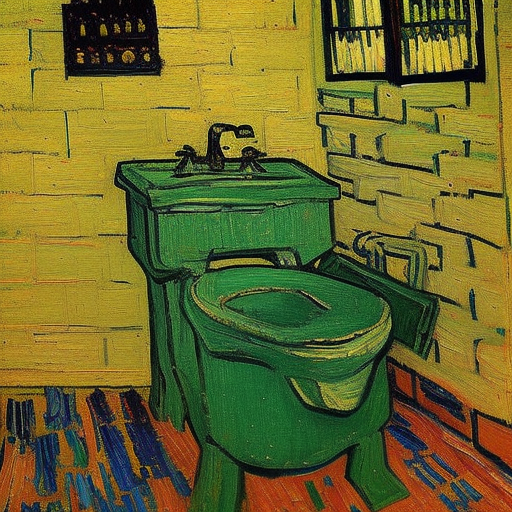
Introduction
The recent case of Aaron Schokman has brought the concept of vicarious liability into the spotlight within the context of workplace safety, accommodation, and the management of employees with medical conditions. As litigation lawyers, it is crucial to understand the parameters of vicarious liability and its implications in cases such as this. In this article, we will analyze the key facts and issues surrounding the Schokman case, focusing on the employer's potential breach of duty, the scope of duty of care, causation, and the question of vicarious liability. By delving into these aspects, we aim to provide valuable insights for litigators seeking to navigate similar cases.
The Schokman Case: Background and Key Facts
Aaron Schokman, a former competitive swimmer and employee of CCIG Investments Pty Ltd on Daydream Island, suffers from a rare disability known as Narcolepsy and Cataplexy. As a condition of his employment, Mr. Schokman resided in shared accommodation provided by his employer.
On November 7, 2016, Mr. Schokman experienced a distressing incident in which his roommate, Sean Hewett, mistakenly urinated on his face while intoxicated. This event triggered a cataplectic attack, resulting in harm to Mr. Schokman.
Key Issues in the Schokman Case
-
Breach of Duty
The primary issue in the case revolves around whether CCIG Investments Pty Ltd breached its duty of care towards Mr. Schokman. The employer's alleged failures include inadequate instructions to employees regarding appropriate conduct in shared accommodation, the absence of an appropriate alcohol policy, and a code of conduct pertaining to shared accommodation.
-
Causation
The court must determine whether the employer's alleged breach of duty directly caused the urination event and subsequent harm to Mr. Schokman. Establishing a clear link between the employer's actions, or lack thereof, and the incident is crucial for establishing liability.
-
Scope of Duty of Care
The court will assess the extent of the duty of care owed by CCIG Investments Pty Ltd to Mr. Schokman. This involves considering whether the employer had a responsibility to provide a safe place of accommodation and take reasonable care for the safety of its employees.
-
Damages
Lastly, the court will evaluate the appropriate compensation owed to Mr. Schokman for his injury. This includes considering economic loss, pain and suffering, loss of superannuation benefits, loss of earning capacity, and out-of-pocket expenses.
Views of the Parties
-
The primary judge's ruling suggests that the employer argues against vicarious liability, asserting that there is insufficient connection or nexus between the employment enterprise and Mr. Hewett's wrongful actions. The employer claims that Mr. Hewett's actions were a drunken misadventure unrelated to his employment duties.
-
In contrast, the Court of Appeal opines that the employer should be held vicariously liable based on the reasoning in Bugge v Brown, presumably highlighting a stronger connection between the employment conditions and Mr. Hewett's negligence.
-
The appellant in the High Court emphasizes that Mr. Hewett's actions do not demonstrate a sufficient connection to the conditions of employment, thereby challenging the employer's vicarious liability. The High Court has not yet handed down its decision - watch this space.
Conclusion
The Schokman case underscores the importance of delineating the parameters of vicarious liability within the context of workplace incidents. As litigation lawyers, it is essential to analyze the breach of duty, causation, scope of duty of care, and damages when representing clients in similar cases. By thoroughly understanding these aspects and their application in the Schokman case, lawyers can effectively argue their clients' positions and provide sound legal advice. Stay informed and updated to navigate the complexities of vicarious liability and secure favorable outcomes for your clients.
UPDATE: The High Court subsequently found in favour of the employer, that it was not vicariously liable for the tortuous acts of its employee done outside the scope of his employment.
